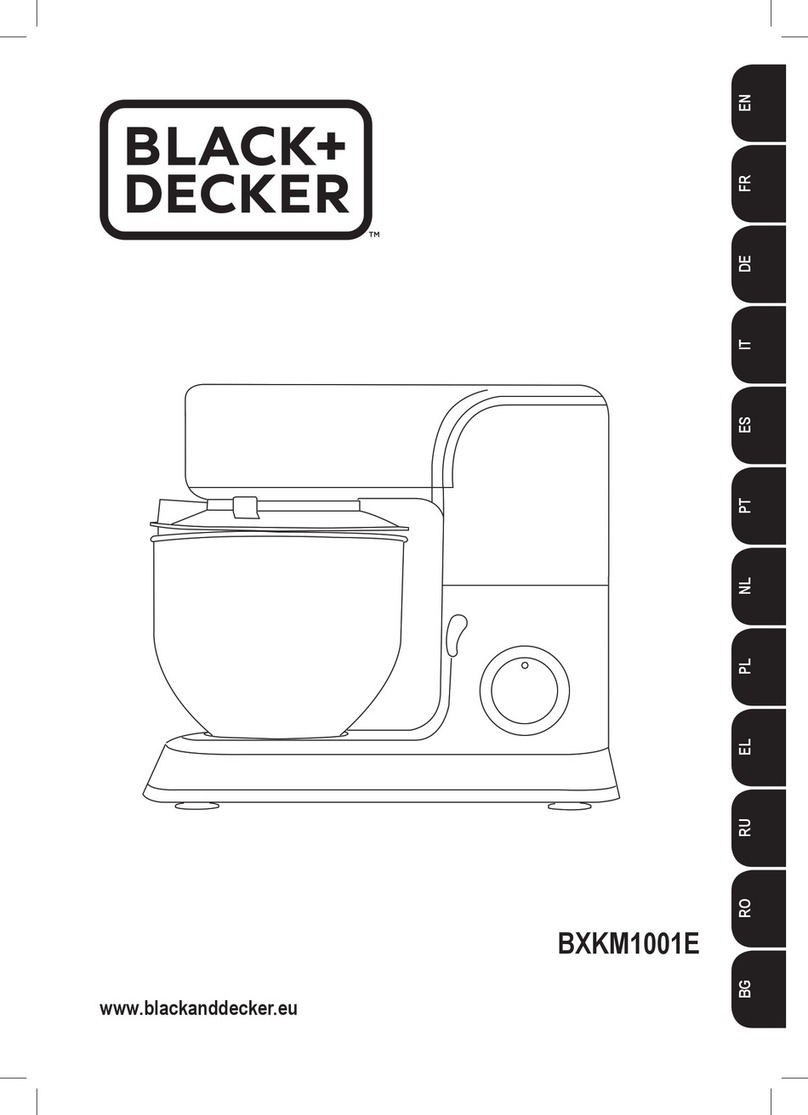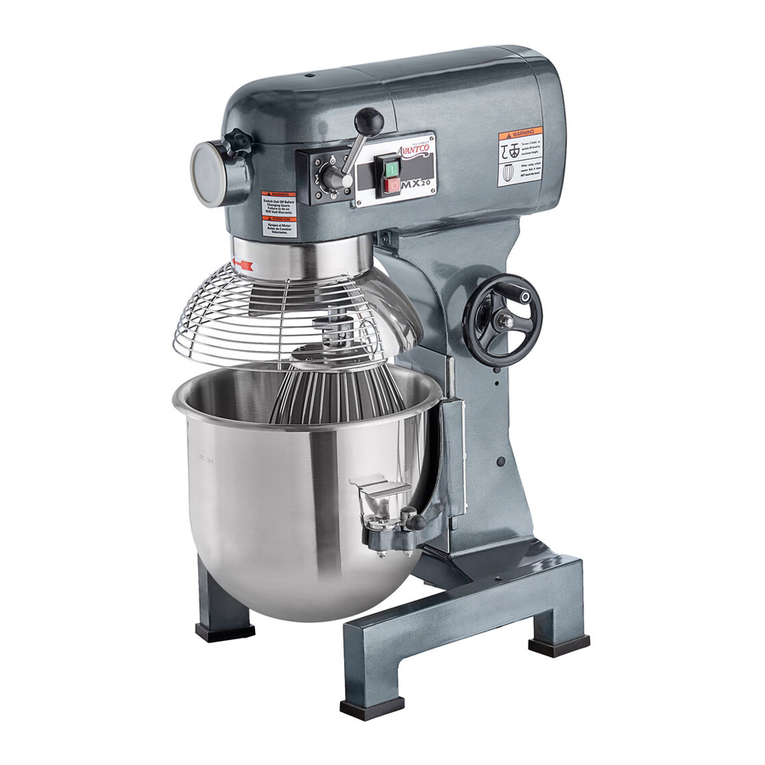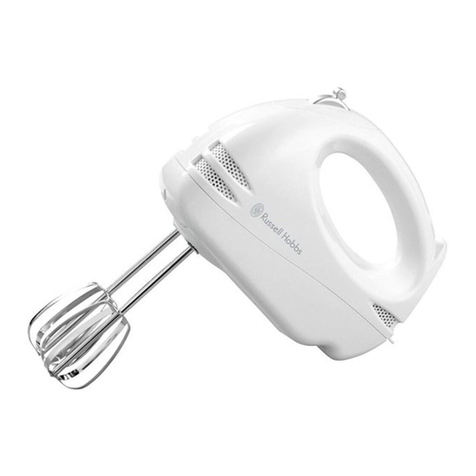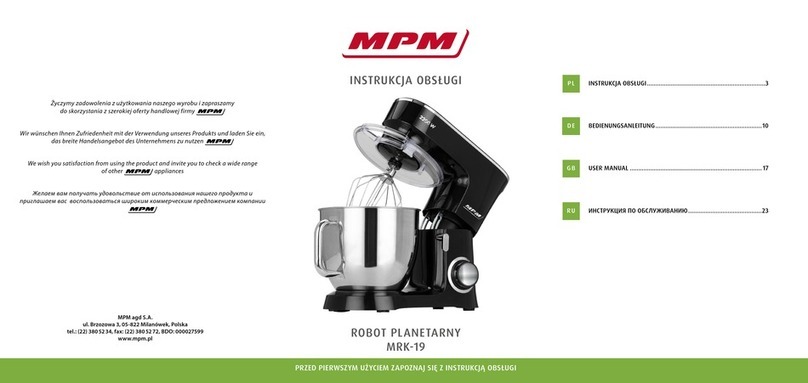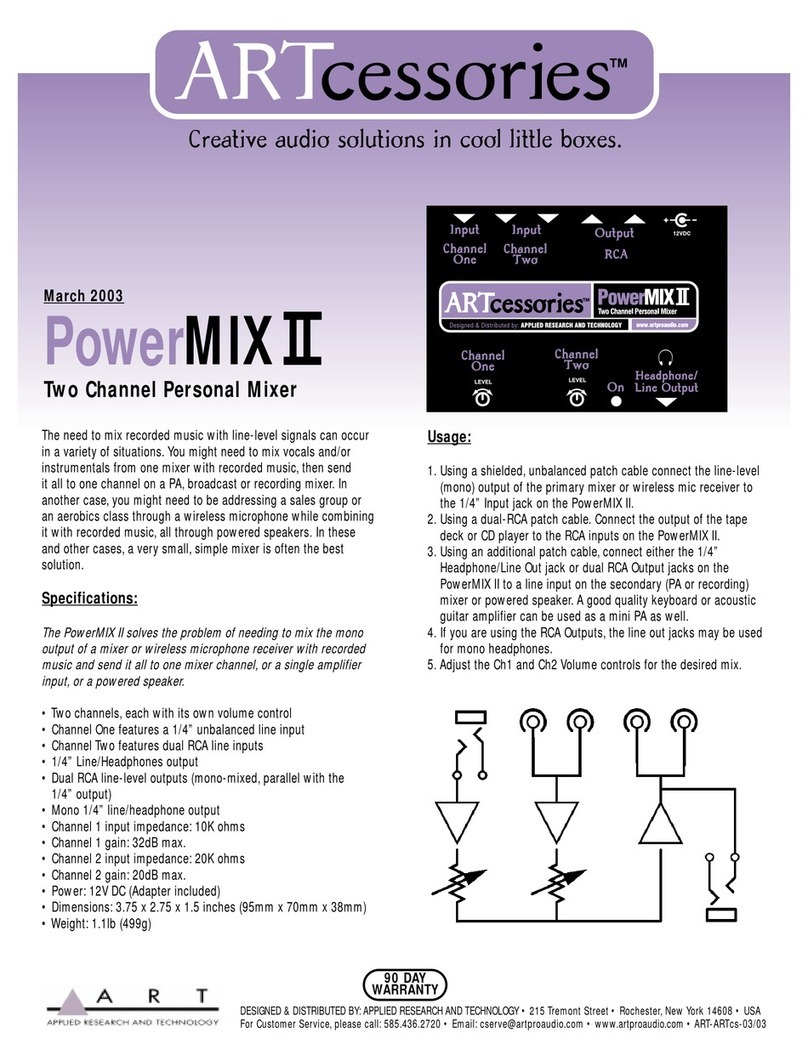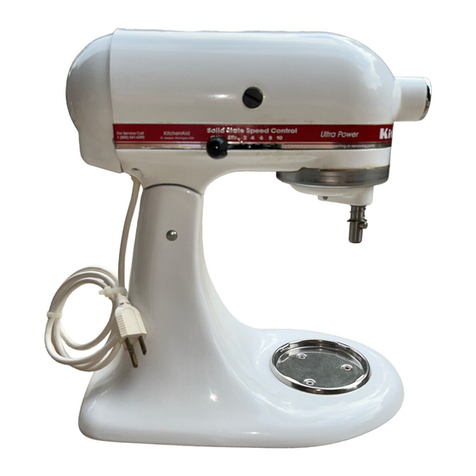Citronic Z44R User manual

Z44R Multi-Purpose Rack Mixer
953.020
User Manual
Features:
2 balanced microphone inputs
Lo-cut rumble filters
3-band EQ per Mic channel
Switchable 48V phantom power
2 x A/B selectable stereo line inputs
2-band EQ per Line channel
Foot-switchable DSP Reverb or ext. FX
4 stereo zones with selectable line outs
Emergency mute contacts
Suitable for live vocalist PA
Suitable for 4-zone installation
Ideal karaoke add-on for DJ
www.citronic.com

Introduction:
Thank you for choosing the Citronic Z44R multi-purpose rack mixer. This product has been designed to offer a versatile and wide
range of functions to meet many different applications. In order to achieve the best results from this equipment and avoid
damage through misuse, please read and follow these instructions and retain for future reference.
Warning:
To prevent the risk of fire or electric shock, do not expose any part of the unit to rain or moisture.
If liquids are spilled on the surface, stop using immediately, allow unit to dry out and have checked by qualified personnel before
further use.
Avoid impact, extreme pressure or heavy vibration to the unit.
There are no user serviceable parts inside the mixer –refer all servicing to qualified service personnel.
Safety
Check that the supplied mains lead is in good condition and the supply voltage is correct.
Ensure signal leads are of good condition without shorted connections (especially when using phantom power)
Do not allow any foreign particles to enter the console through connectors or control apertures
Placement
Keep out of direct sunlight and away from heat sources.
Keep away from damp or dusty environments.
When rack-mounting, avoid placing heavy units above the Z44R and ensure all connectors are accessible
Cleaning
Use a soft cloth with a neutral detergent to clean the casing as required
Use a soft brush to clear debris from the control surface
Do not use strong solvents for cleaning the unit.
Front Panel
1. 48V phantom power LED indicator
2. MIC/LINE 1 LEVEL control
3. MIC/LINE 1 signal and peak LEDs
4. MIC/LINE 1 GAIN control
5. MIC/LINE 2 LEVEL control
6. MIC/LINE 2 signal and peak LEDs
7. MIC/LINE 2 GAIN control
8. LINE 3 LEVEL control
9. LINE 3 peak LED
10. LINE 4 LEVEL control
11. LINE 4 peak LED
12. REVERB TIME parameter control
13. OUT 1 level control & peak LED
14. OUT 2 level control & peak LED
15. OUT 3 level control & peak LED
16. OUT 4 level control & peak LED
17. MIC/LINE 1 combo input
18. MIC/LINE 1 low-cut rumble filter
19. MIC/LINE 1 FX level control
20. MIC/LINE 1 EQ sliders
21. MIC/LINE 2 low-cut rumble filter
22. MIC/LINE 2 FX level control
23. MIC/LINE 2 EQ sliders
24. LINE 3 source select switch
25. LINE 3 EQ sliders
26. LINE 4 source select switch
27. LINE 4 EQ sliders
28. REVERB DEPTH control
29. OUT 1 line selectors
30. OUT 2 line selectors
31. OUT 3 line selectors
32. OUT 4 line selectors
33. Power ON/OFF switch

Rear Panel
Application
The Z44R can be configured to serve a variety of applications. Deciding upon the particular setup should be the first
step in order to ensure all signal leads are connected properly. Some suggested combinations are shown below.
1. DJ Add-on Vocal Mixer
For DJs who want the option to host karaoke events, the Z44R offers 2 extra microphone channels with
genuine DSP reverb effect and 2 extra switchable line sources (for laptop, CD+G players, MP3 players etc).
Adding these extra features takes up just 1U of rack space and can be configured as a sub-mixer into the
main DJ console or as the main mixer to offer more stereo outputs…
1. IEC mains inlet
2. OUT 4 jack outputs L+R
3. OUT 3 RCA outputs L+R
4. OUT 2 RCA outputs L+R
5. OUT 1 RCA outputs L+R
6. MUTE CONTACTS for emergency systems
7. FX LOOP RETURNS jacks L+R
8. FX LOOP SEND jack
9. REVERB or FX LOOP FOOT SWITCH jack
10. LINE 4 B input RCAs L+R
11. LINE 4 A input jacks L+R
12. LINE 3 B input RCAs L+R
13. LINE 3 A input jacks L+R
14. MIC/LINE 2 combo input
15. 48V phantom power switch
16. MIC/LINE 1 rear jack input

2. Compact PA Head
The Z44R can be rack-mounted in combination with a power amplifier and/or a wireless receiver to form a
PA head for driving passive speaker cabinets. This keeps the format extremely compact for solo/duo
performers who only require 2 microphone inputs and up to 2 stereo sources up to whatever power is
needed…
3. Zoning Installation
The Z44R can operate as the main control for a venue installation, feeding up to 4 stereo zones. Both
microphone inputs feed to all outputs (for public address and emergency announcements), whereas the 2
line channels are switchable per zone…

Connection
Before connecting to amplifier or other equipment, turn down all volume controls to avoid loud noises which may
cause damage to other equipment. Always switch amplifier power on last in line with volume levels down.
Use good quality 6.3mm jack signal leads to connect OUT 4 outputs from the mixer to
the amplifier or powered speaker(s). Further zones or outputs can be served by
connecting OUT 1, 2 and 3 to other amplifiers or active speakers using good quality RCA
leads.
Connect microphones, DI boxes and other balanced low impedance audio inputs to
the MIC/LINE combo inputs using good quality XLR leads. Alternatively, connect
high impedance and line level signals to the combo inputs using 6.3mm jack leads.
(+ additional rear jack input for MIC/LINE 1). If phantom power is to be used for
condenser mics, press “+48V” switch and connect using balanced XLR cables.
Connect stereo line level sources to the LINE 3 and LINE 4 channels via the Left + Right Jack
or RCA connections on the rear panel. These can be switched between, offering a selection of
2 sources for either channel.
If the internal DSP reverb effect is to be operated remotely, connect a latching foot switch to the
rear panel F/S jack. Alternatively, this can switch the feed from an external unit, which should be
connected via the FX LOOP. To do this, connect a jack lead from the SEND to the external effect
unit and its left & right outputs to RETURN L+R.
In an installation scenario, building regulations may require the sound system to be muted if the fire
alarm is triggered. The green MUTE contacts on the rear panel will kill all channels except MIC 1 if the
contacts are shorted. This can be patched in to the venue fire alarm panel to kill all music in the event
of a fire, leaving the main microphone active for emergency announcements.
Operation
1. MIC/LINE channels 1 and 2
Turn all MIC level and LINE LEVEL controls to minimum (2, 5, 8 & 10)
Set LO, MID and HI (20 & 23)controls to the centre position and turn FX down (19 & 22)
Switch on the power on the right side of the front panel. (33)
Check each microphone input, gradually increasing GAIN (4 & 7) until the red Peak LED flashes (3 & 6)
and then back off the GAIN until only the green Signal LED lights up
Gradually turn up the OUT volume controls (13, 14, 15 & 16) part way
Increase the MIC/LINE 1 and 2 LEVEL controls (2 & 5) to the desired level, taking care to avoid distortion or
feedback from the microphones.
Adjust LO, MID and HI controls to set the desired bass, middle and treble content for each MIC/LINE input
If effects are to be used, temporarily unplug the foot switch (if used) and increase the DEPTH control (28)
on the front panel. Gradually turn up the FX control(s) (19 22) for the relevant MIC channel(s) and adjust
the TIME (12) control to set the desired length of reverb effect. Plug the footswitch back in and use to switch
the effect in/out.
For some microphones, it can be beneficial to “roll-off” the very low frequencies caused by handling and
vibration to the microphone body. If required, press in the Lo-cut Rumble Filter switch (18 & 21) on the
microphone channel to reduce this type of noise.

2. Stereo LINE channels 3 and 4
For LINE 3 and 4 channels, check which pair of inputs the signal is plugged into - jack (A) or RCA (B) –and
set accordingly via the Source Select switches (24 & 26) on the front panel
Press in all of the OUT line selectors (29, 30, 31 & 32)
Set HI and LO controls (25 & 27) to the centre position
Play the stereo line signal into the relevant channel and increase the LEVEL (8 & 10) control as required
Adjust HI and LO controls to set the desired bass and treble content of the stereo line channels
3. Stereo OUTs 1 - 4
Adjust the OUT volume controls (13, 14, 15 & 16) so that the red Peak LEDs do not light constantly
Press out any line selectors (29, 30, 31 & 32) for any stereo inputs which are not required to be fed through
any output (MIC/LINE inputs are always fed to all outputs)
SPECIFICATIONS
Power Supply
230 –250Vac 50Hz (IEC)
Mic/Line channel inputs
Ch 1 front combo and rear jack, Ch 2 combo (rear)
Mic/Line channel controls
Level, Lo-cut, Gain, FX and Lo/Mid/Hi EQ faders
Line 3 + 4 stereo inputs
Input A (L+R) 6.3mm jack / Input B (L+R) RCA
Line 3 + 4 stereo controls
Level, In A/B and Lo/Hi EQ faders
Output connections
Outputs 1-3 (L+R) RCA, Output 4 (L+R) 6.3mm jack
Output controls
Level, Line 3 on/off, Line 4 on/off
FX connections (6.3mm jack)
Footswitch, Send (defeats onboard reverb), L+R Return
FX controls
Reverb time, Depth (onboard or external level)
Indicators (LED)
Power, 48V, Mic/line signal+peak, Line peak, Output peak
Fire alarm contacts
Modular terminal, make-to-mute all except Mic 1
Dimensions
483 x 44 x 220mm
Weight
2.75kg
TROUBLESHOOTING
No power LED on front panel
Ensure mains voltage is correct and connected properly
Ensure front panel power switch and mains outlet switch are on
Power LED is on but no other LEDs and no output
Check XLR, jack and RCA leads are OK and connected properly
Ensure that low impedance mics. are connected with XLR, not jack
Check microphone or line signal is switched on
Ensure that any playback devices are not set to “Stop” or “Pause”
Ensure GAIN and LEVEL controls are not turned fully down
For condenser microphones, check that 48V is on and connected by XLR
Power light and output LEDs lighting but no output
Check that stereo input selectors are not switched out
Check OUT volume controls are not turned fully down
Check OUT connections to amplifier or recorder are OK
Check amplifier or recorder levels are not turned fully down
Check that fire contacts are not shorted out to mute
For condenser microphones, check that 48V is on and connected by XLR
Output is very loud or distorted
Check level of amplifier, active speaker or recording device is not set too low
Check level of input signal is not too high
Reduce input channel GAIN, LEVEL and EQ settings
Reduce OUT volume control(s)
Ensure Hi-Z line level input(s) are not connected via XLR
Check FX controls and DEPTH control, reducing if necessary
Check input gain level on recorder or recording software
Output is working but at very low level
Check level of amplifier, active speaker or recording device is not set too high
Check level of input signal is not too low
Ensure low impedance line or mic signal is connected via XLR, not jack
Increase input channel GAIN, LEVEL and EQ settings if turned down
Increase OUT volume control(s)
Feedback (loud squealing or howling from mics)
Face microphone away from speakers and monitors
Reduce channel GAIN, LEVEL and EQ controls
Reduce channel FX controls and/or Reverb DEPTH
Reduce OUT volume controls and/or amplifier/active speaker volume level
Note: for further troubleshooting, refer equipment to qualified service personnel for testing
© Citronic 2011
This manual suits for next models
1
Table of contents
Other Citronic Mixer manuals
Popular Mixer manuals by other brands

EUROPRO
EUROPRO MIXPRO 100 user manual

BLACK DECKER
BLACK DECKER MX3200BC user manual

Silvercrest
Silvercrest COOK' N' MIX SMK 1000 B2 operating instructions

Silvercrest
Silvercrest SSMP 900 A1 operating instructions

Proficook
Proficook PC-UM 1006 instruction manual
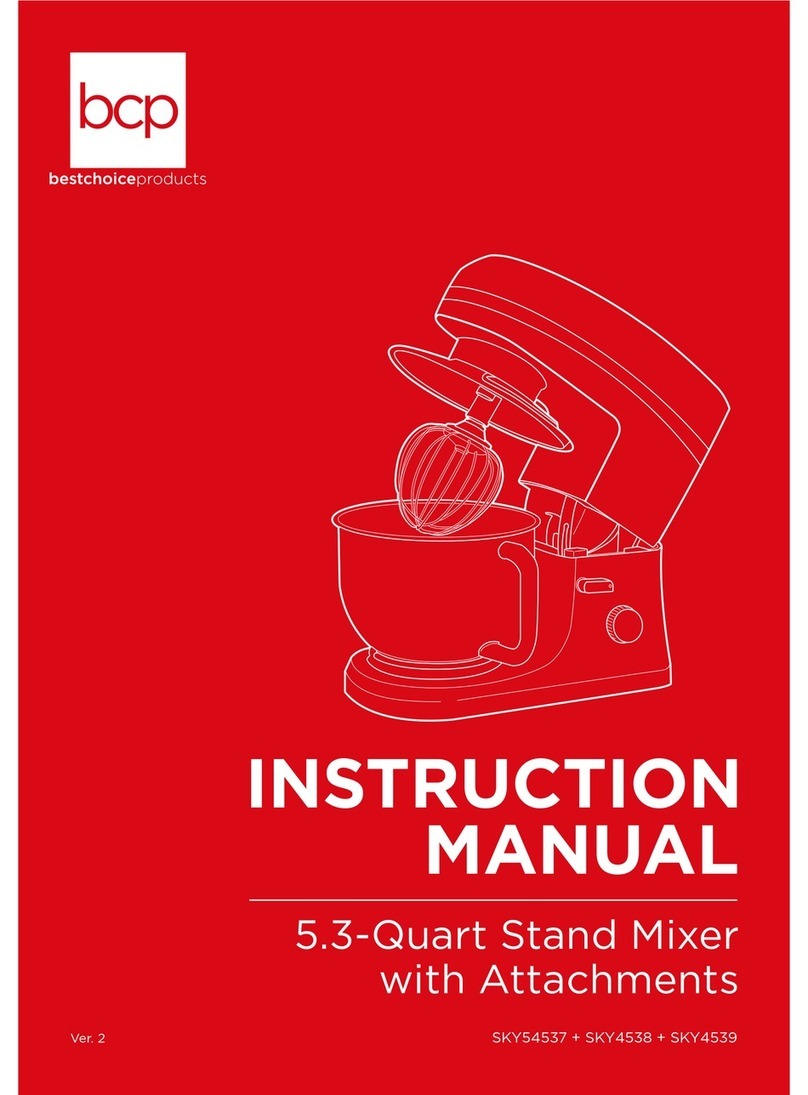
Best Choice Products
Best Choice Products SKY54537 instruction manual

